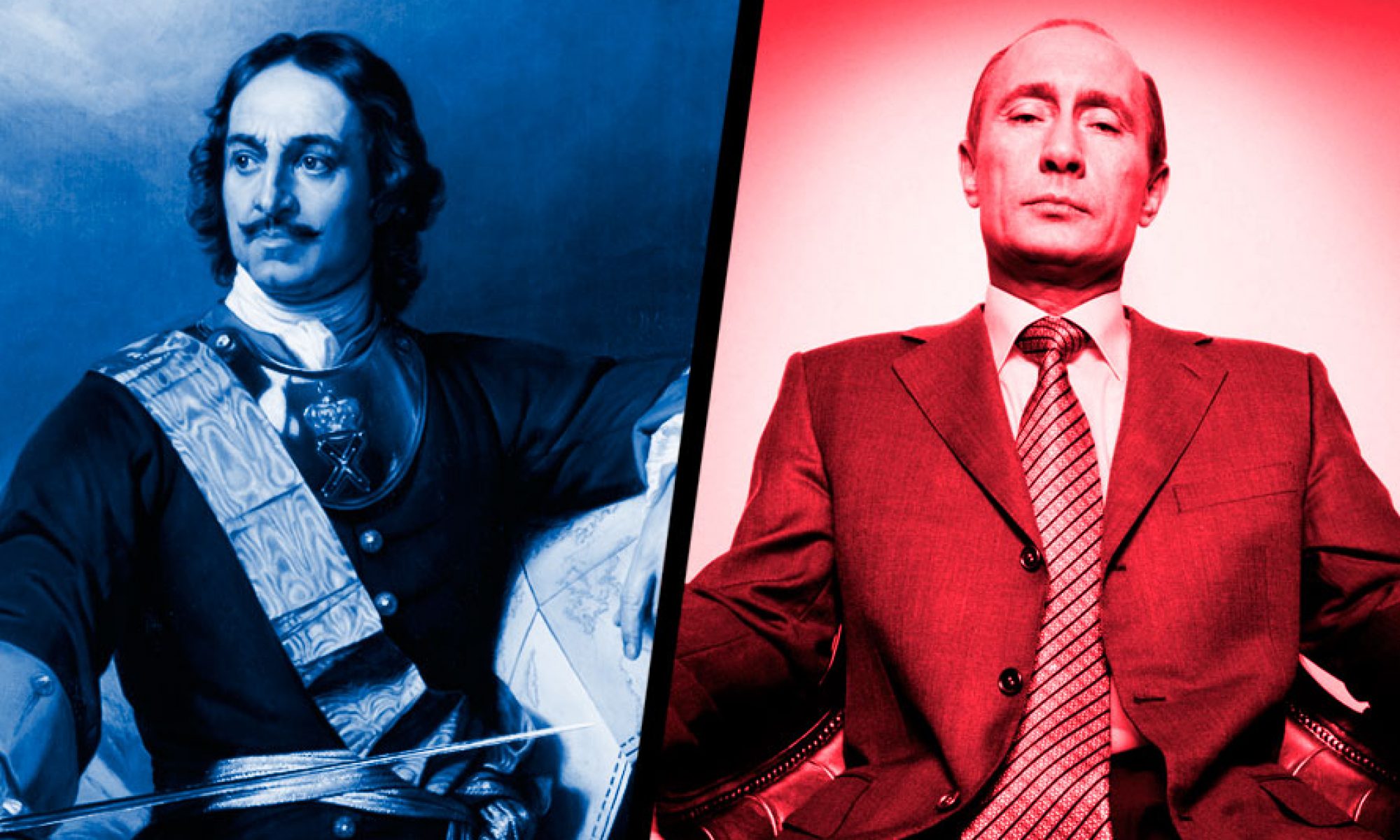When researching and discussing Grigori Rasputin, it quickly becomes clear that his presence in the Russian court took the Russian monarchy down a path for destruction. It is incredibly intriguing that a Siberian peasent was able to hold the ear of Russia’s most powerful family.
However, it is important to note that by the time Nicholas II came to the throne absolute monarchy was not the way it had been before. The monarchy was weak, especially once the Duma was put in place- which is essentially a constitution. Moreover, the question of a male heir was a huge conflict within the Romanov household, as Alexandra, the tsarina, did give birth to a boy but he was ill for his whole life. With the weak foundation of the monarchy, a desperate mother let a suspicious man in to the court in order to save her son.
Video: https://washingtonjeffersoncollege-my.sharepoint.com/:v:/g/personal/aberba_washjeff_edu/EVMisKpShQRAnBvFTD-Gzb0BPZjSBTEPXQrg_XmHR5s2Og?e=7aUHGF
Paper: https://washingtonjeffersoncollege-my.sharepoint.com/:w:/g/personal/aberba_washjeff_edu/ESj4NtWxIcdCnzvJcoslsmcBt4BCthi6IGtvFLVoYY8vaw?e=PpH1EK
